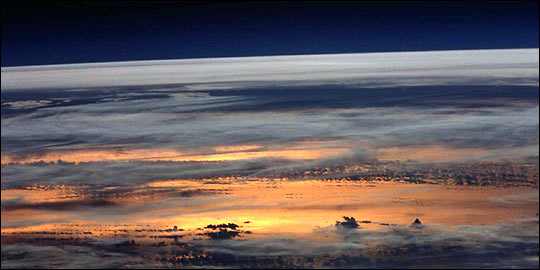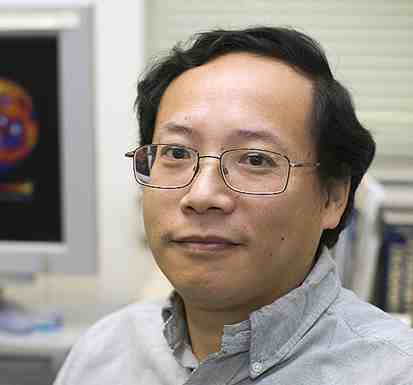 |
|
| A surprising paper published last summer suggested that a cloud-related feedback called the Iris Effect might counteract much of the warming associated with man-made greenhouse gases. NASA Langley’s Takmeng Wong (below) was one of several climate scientists who responded to the paper with a methodical inspection of its methods. Credit: Photograph STS109-325-2/Johnson Space Flight Center | |
|
|
|
Read more about the Iris Effect at the NASA Earth Observatory |
|
| –Patrick Lynch, NASA’s Earth Science News Team |
Skip to content

